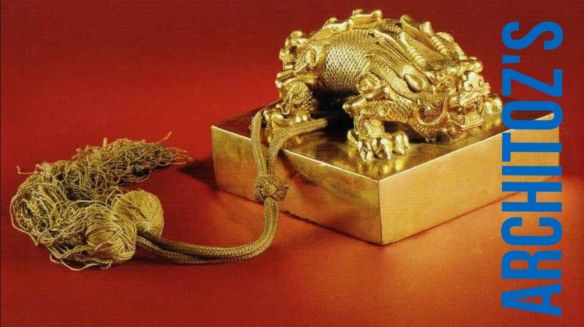I’m reposting this five-year-old entry because I happened to see that the complete works of Charles Fort are now available online (see link at end of post).
Just to prove I’m more than a big, steaming plate of obnoxious noodles, here’s a quick rundown of what I would consider a basic (if now rather dated) library of pseudoscience/paranormal phenomena overviews — with a strong slant toward the skeptical. (I’m probably missing a couple of key titles in my haste.)
Charles Fort, The Complete Books of Charles Fort
From 1919 to the early ’30s, British Museum and NY Public Library gnome Charles Fort invented the modern concept of the uncanny/unexplained event. In a dry, wry, sprightly newspaperish style he chronicles rains of fishes, rains of blood, weird noises from the earth, secret passages beneath continents, odd giant patterns in the sea and so forth and so forth. His tone is tongue-in-cheeky most of the time, with the occasion flash of “who knows — maybe so.” Sample a few passages in a store or online. If you like him, you’ll really like him.
Jerome Clark, Unexplained!
Clark is the great modernized, popularizer of Fort principles. Too credulous and gee-whiz, he nevertheless knows all parts of the field and is well worth reading as a survey.
The Fringes of Reason — A Whole Earth Catalog.
This thing is dedicated to fun and you can get it for peanuts on line. Lot of kicky writers and the subtitle says it all: “A Field Guide to New Age Frontiers, Unusual Beliefs & Eccentric Sciences” Includes guides to much other lit and sly essays about, for example, how meteors were once considered utterly impossible …. scientifically.
Various, Science and the Paranormal
Wide-ranging and nicely organized collection of essays from the usual hard-asses like Martin Gardner, Issac Asimov, Carl Sagan, James Randi, etc.
speaking of which —
Martin Gardner, Fads and Fallacies in the Name of Science
The grandaddy of debunking books. Again, reading a couple pages will tell you if you need this on the shelf or not. If you find Gardner too stuck in the mundane mud —
Terence McKenna, The Archaic Revival
Ol’ dead ‘n’ gone Terry McKenna certainly is not. This is a loopy ramble-tamble of all the connections between psychedelics and the unseen world and the unknown mind that processes them both. You’ve never read anything like. On the other hand, the foreword is by Tom Robbins and that may tell you you don’t want to read anything like it.
Michael Shermer, Why People Believe Weird Things
Probably more relevant than when I read it almost 10 years ago. This is, at bottom, a book about the pervasive appeal of the irrational (to fear, to ego, to career advancement) in the modern world. Very sharp on Holocaust Denial, Creationists, and the limits of intellectuals (hey, just because you’re certifiably smart doesn’t mean you’re smart about everything).
Robert Park, Voodoo Science: the Road from Foolishness to Fraud
This overlooked book details how honest intentions in research and curiosity can become twisted into anxiety- and venality-driven BS. Especially important in this science-uncertain time.
